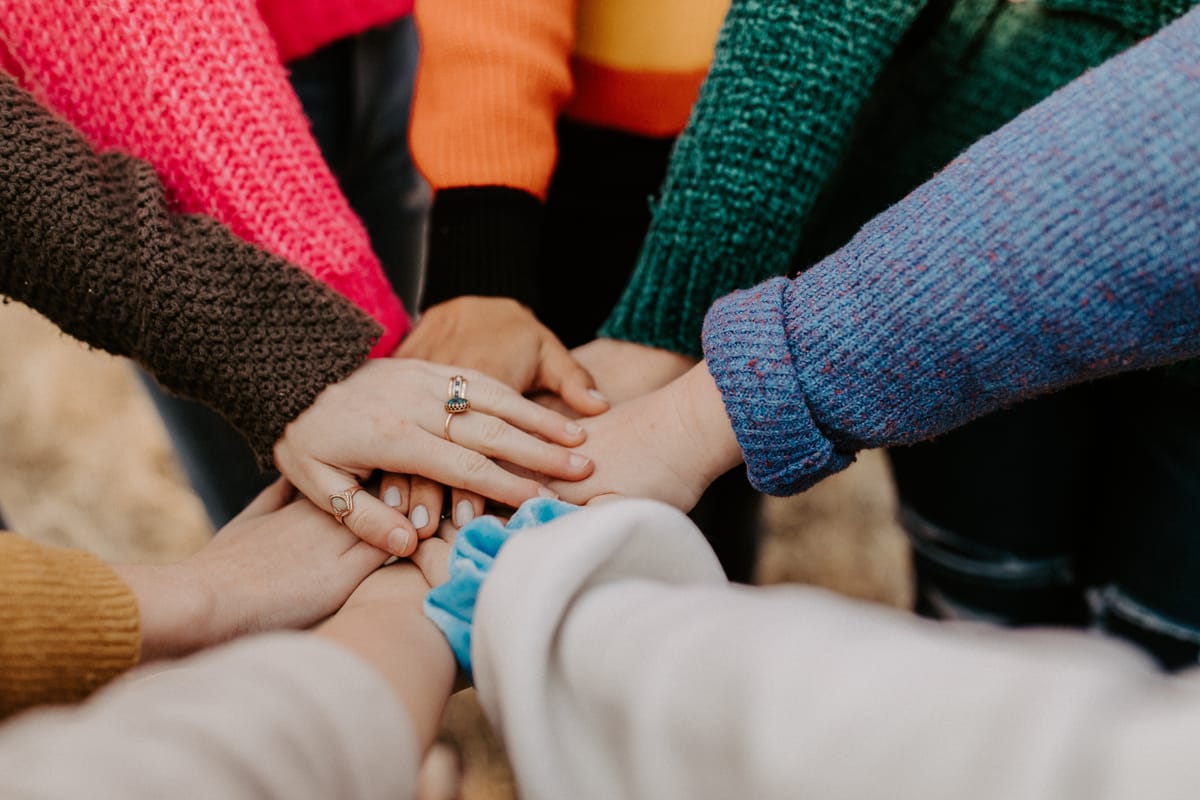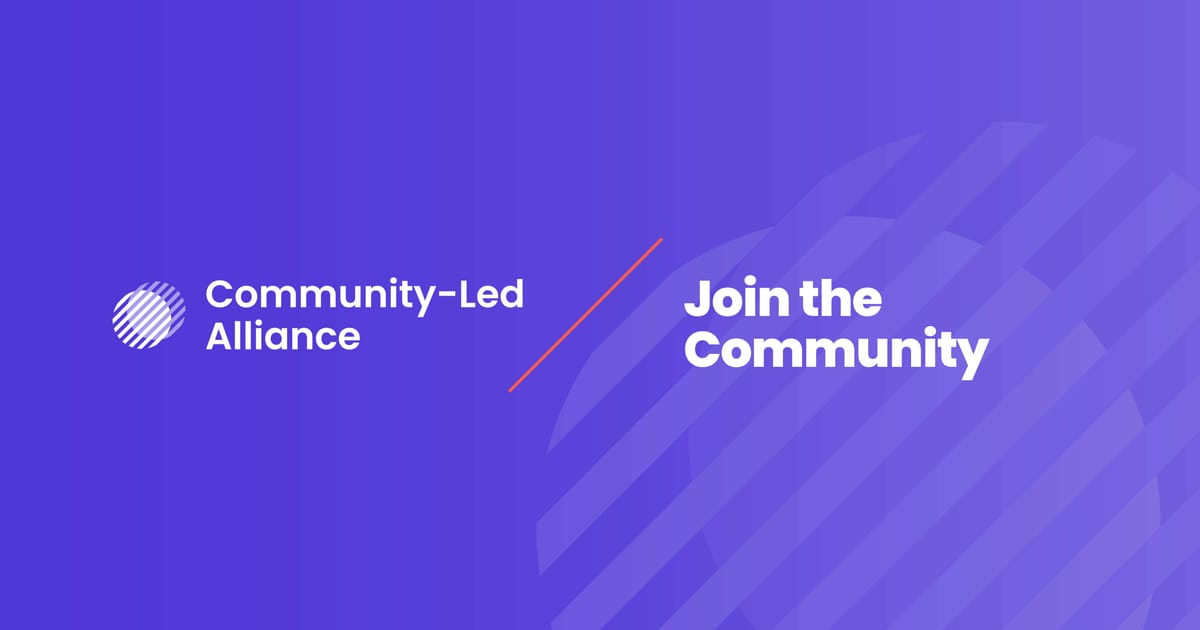Imagine a small community garden project struggling to make ends meet, with limited tools, minimal participation, and a bleak outlook for the future.
Now, picture the same garden a year later, flourishing, buzzing with volunteers, and expanding its reach. This transformation is possible through effective resource mobilization.
Resource mobilization is the process of identifying, acquiring, and effectively utilizing resources—such as funds, volunteers, and partnerships—to support and grow community initiatives.
In community management, resource mobilization is a crucial way to elevate the impact and sustainability of community projects.
With resource mobilization strategies, community managers can unlock new opportunities, engage members more effectively, and drive meaningful change within their communities. In this article, we’ll explore how resource mobilization can do just that.
What is resource mobilization?
Resource mobilization refers to the strategic process of identifying, acquiring, and effectively utilizing various resources necessary to support and enhance community initiatives.
It involves harnessing the potential of available resources to meet the community’s needs, achieve its goals, and ensure sustainable development.
Leveraging resources effectively allows community managers to create a robust foundation for growth, participation, and long-term success.

Types of resources
Financial
Financial resources might include things like funds obtained from government grants, private donations, crowdfunding, and sponsorships.
Financial resources could also come from membership fees, the income generated from community membership subscriptions or participation fees for events and activities.
Human resources
Human resources refers to things like volunteers, community members who contribute their time and skills without financial compensation. It also refers to paid employees and specialists who provide expertise and labor to the community projects.
Informational resources
Resources can also extend to information, such as data and research findings that inform community strategies and decision-making. Educational materials like training manuals and guides that support community learning and development.
Physical resources
Finally, there’s physical resources. This could include infrastructure and equipment such as buildings, meeting spaces, computers etc, as well as supplies like stationary and other materials required for community activities.
By effectively mobilizing a diverse range of resources, community managers can significantly enhance their community initiatives, driving growth, participation, and long-term success.
The importance of resource mobilization in communities
Building capacity
Resource mobilization is pivotal in building the capacity of a community. By acquiring necessary resources, communities can enhance their ability to plan, implement, and sustain various initiatives.
For example, securing funding allows for hiring skilled people and purchasing essential equipment, which improves the community's overall functionality and effectiveness.
Additionally, utilizing volunteers and experts enriches the community with diverse skills and knowledge, leading to more efficient and impactful projects.
Sustainability
Effective resource mobilization is essential for sustainable community development. By continuously identifying and securing resources, communities can ensure the longevity of their projects and initiatives.
Sustainable development means creating long-term strategies that are not solely dependent on a single source of funding or support (as this could dry up). Diversifying resources provides a stable foundation that can withstand any future challenges.
This approach ensures that community programs can thrive and evolve over time, maintaining their relevance and impact.

Empowerment
Mobilizing resources empowers community members by involving them in the development and execution of projects. When community members contribute their time, skills, or financial support, they develop a sense of ownership and pride in their community’s achievements.
This empowerment fosters greater engagement and participation, as individuals feel valued and integral to the community’s success.
Additionally, by providing training and educational resources, communities can build local leadership and capacity, enabling members to take on more significant roles and responsibilities. This empowerment leads to a more cohesive, resilient, and proactive community.
Innovation and growth
Resource mobilization drives innovation and growth within a community by providing the necessary tools and opportunities to explore new ideas and approaches.
Access to diverse resources allows communities to experiment with innovative solutions to their challenges, whether through new technologies, creative programs, or collaborative partnerships.
For example, securing funding for a project can lead to the development of initiatives that address specific community needs. Additionally, bringing in external expertise and knowledge can inspire fresh perspectives and strategies, fostering a culture of continuous improvement and adaptation.
Understanding and implementing effective resource mobilization strategies means community managers can build capacity, ensure sustainability, empower members, and drive innovation, leading to a more vibrant and successful community.
Mobilization tips for community managers
So how can community managers effectively mobilize resources? Here are some tips to get started.
Identify community needs
Start by assessing what it is your community actually needs. Take advantage of surveys, focus groups, community meetings, and interviews to gather information directly from your members.
Surveys can reach a broader audience, while focus groups and meetings allow for in-depth discussions. Utilize tools like SuveyMonkey, Google Forms, or community assessment software to collect and analyze data.
Once you have the data, evaluate needs based on their potential impact on the community and the feasibility of addressing them.
Create some kind of matrix to score needs on this criteria so you can prioritize which issues to address first. Involve your community members in this process to ensure their perspectives are considered, as this will help foster a sense of ownership and commitment to addressing their needs.

Leverage community advocates
Consider getting help from your most influential members, those who are highly respected and active within your community.
Reach out to them and provide them with the necessary tools, such as promotional materials, training sessions, and access to information, to help them effectively champion the community’s goals.
Establish support networks where advocates can share experiences, challenges, and successes, fostering a collaborative environment for continuous improvement.
Getting partners
Look for partnerships; organizations, businesses, and institutions with shared values and interests. Research their past community involvement and approach them with tailored proposals.
Craft a clear, compelling message about how a partnership would benefit both parties. Highlight mutual goals and the positive impact on the community.
Regularly communicate with partners, providing updates on progress and involving them in key decisions. Acknowledge and celebrate their contributions to keep them engaged and committed.
Look for ways to leverage each partner's strengths and resources. For example, a local business might provide financial support, while a university could offer expertise and research capabilities.
Using social media
You can use social media to help grow your community. Start by identifying the right platforms to be on, by identifying where your community members are most active.
Each platform has its own unique strengths and user demographics that might suit different community needs. Each platform will need its own tailored strategy so you can take advantage of their specific features.
Regularly share a mix of informative, entertaining, and inspirational content on your platforms, using visuals, videos, and stories to drive engagement. Encourage your members to share their own stories and experiences to help foster a sense of community and engagement.
Respond promptly to comments and messages, host live Q&A sessions, and create interactive posts like polls and challenges. Regularly ask for feedback and suggestions to show that you value members’ input.

Getting feedback on the community
It’s important to gather feedback, use online surveys, discussion forums, and feedback forms to collect input from community members. Establish regular feedback loops by holding periodic review meetings and creating a schedule for collecting and analyzing feedback.
To analyze your feedback, use qualitative and quantitative analysis methods to understand feedback trends and identify common issues. Then, develop action plans based on the feedback, prioritizing changes that will have the most significant positive impact on the community.
Fundraising and grant writing
To bring in more funds for your community, you can do fundraising campaigns or write grant proposals.
Some fundraising ideas might include organizing events, crowdfunding campaigns, and membership drives. Utilize platforms like GoFundMe, Kickstarter, and Patreon to reach a wider audience.
Cultivate relationships with potential donors by keeping them informed about your community’s achievements and impact, and always ensure you thank every person for their donation.
If you’re reaching out to organizations or public bodies for grants, make sure your grant proposal is clear, concise, and compelling. Highlight the community’s needs, the specific goals of the project, and the expected outcomes.
Thoroughly research potential funders, understanding their priorities and requirements. Tailor each proposal to align with the funder’s interests and guidelines.
Final thoughts
Effective resource mobilization has the power to elevate your community to new heights. By strategically acquiring and utilizing resources, you can create a vibrant, resilient, and sustainable community that thrives on innovation and collective effort.
Remember, the strength of a community lies in its ability to come together and mobilize resources for the greater good. As you implement these tips, you will not only enhance your community's current initiatives but also pave the way for long-term growth and success.
Join our Slack community to connect with other community managers like yourself - and get answers to all your burning questions.





